EIDERLAND - WILDLIFE DATA GATHERING CENTRE
by Martynas Kasiulevicius
Located in a distant Westfjord’s region of Iceland, in the Breidafjordur bay, one can find a remote area of clustered Islands. Among them, the most famous is a small island called Flatey (flat island). It is home to over thirty different bird kinds, and one of the most iconic duck species; Common Eider. Although rich in wildlife, Flatey is the only human-populated island in this region, with a total population of 6 inhabitants. One of the key residents who has lived on this small island for over 50 years, is a man called Hafteinn Gudmundson. His main source of income on the remote island has always revolved around land agriculture and Eiderdown harvesting. Eiderdown is the lightest and most insulating material on planet Earth; it is also naturally renewable, as it comes from the nests of the wild Eiders. However, the down is rare and requires special care from the harvesters to attract the female Eiders to lay their nests. Strong Icelandic winds pose a threat of scattering the valuable resource, and Arctic foxes pose a threat to the lives of Eiders themselves. Due to these factors, in Iceland, this duck is protected by law, and special strategies have been devoted to safeguard the harvesting process and the wild animal from various hunters. Eiderdown is, and has been, a luxury material - a material that can only be found in the bedroom duvets of the rich and wealthy. Project Eiderland investigates and highlights the present issues surrounding Flatey Island and the prospect of it becoming a ‘Ghost Island’ if nothing is done. Problems such as rural depopulation, ageing of current residents, and the threat posed by these factors to the historic Eiderdown harvesting activity, are addressed by taking Flatey into the present Networked Age. Setting the primary constraints of preserving the current state of Flatey, and conserving the historic down collection process, Eiderland occupies one of the adjacent remote islands and proposes a diverse set of interventions that reference and mimic the principles of the identified pivotal animals of the region. Data harvesting is one of the most sought out activities of the Digital Age, and Climate Change is one of the biggest concerns of the Twenty-First Century. Eiderland merges the two aspects and sets out a strategic function that responds to the remote site conditions. An Ornithological and Climatological Station is proposed on the neighbouring island, which aim is to trap, tag, and release the wild birds and seals back into their natural enhabitations. The attached biodegradable devices aim to record the animal’s behaviour and harvest climatic readings of the natural environments that the animal inhabits. Birds record air conditions, whilst seals record data of the salt levels and the changing sea temperatures. The recorded data is transmitted back to Eiderland for the new dwellers to carry out their research. The harvested and processed Eiderdown becomes the core financial driver for this research, and through the embodiment of technological devices into nature, the historic process is conserved for the future generations of settlers. Eiderland further expands its role as a caretaker, by incorporating ecological aquaculture farms, technological solar and wind energy harvesting, and geothermal heating systems into the region’s sustainable and self-sufficient future. The harvested resources are shared with Flatey, and the empty rural homes are re-populated with digital nomads. A new era is proposed to save the historic Flatey Island – one with data hunting at its forefront.























